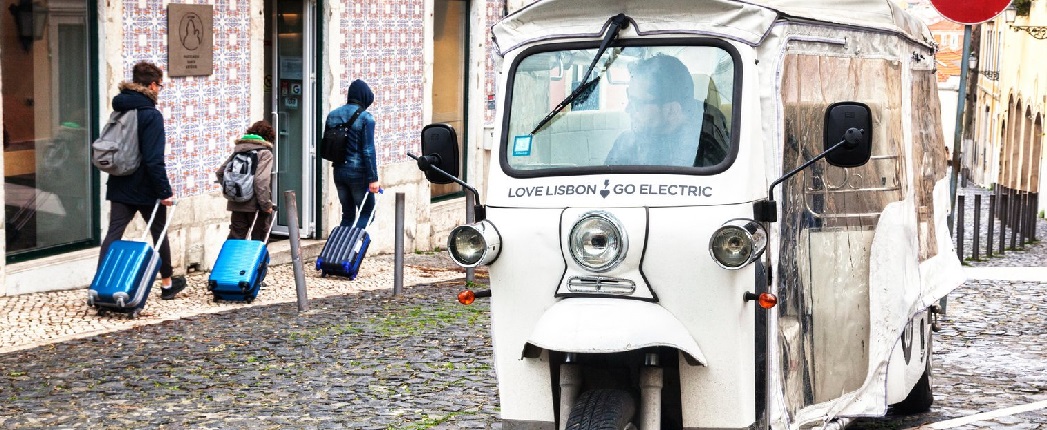
Electric vehicles are having a measurable effect on global crude demand, according to new research by Bloomberg NEF. This is potentially bad news for fuel refiners and engine oil blenders.
In 2021, global passenger EV sales grew by 103% to nearly 6.6 million units, estimates Bloomberg. China and the European Union continue to lead the global market for EV registrations, clocking up 85% of the total combined that year. In third place is the United States, accounting for 10%. Meanwhile, sales grew the fastest in India, up 209% in 2021 compared with 2020.
EVs displace 1.5 million barrels per day of crude demand, a volume that will continue to grow as zero-emissions vehicles gain evermore popularity. Most of the displacement was from two- and three-wheelers mostly in Asia, followed by buses. Passenger EVs only accounted for 13% of the 1.5 million b/d.
One energy analyst is unconcerned by this current level of crude demand shrinkage.
“I don’t think it’s a very big deal, quite frankly. A nice start, but it’s only 1.5% of consumption,” John Bowlus, a researcher at Kadir Has University’s Center for Energy and Sustainable Development in Istanbul, told Lube Report.
“International oil companies have been reluctant to invest in new production because the energy transition and climate concerns might limit demand,” Bowlus said.
Bowlus also thinks that this modest drop in demand won’t worry the boardroom either, especially when there are “so many producing countries with problems – Venezuela, Iran, Libya and Russia, among others.”
He estimates the point at which oil companies will start to be concerned is 5 million b/d.
“But it’s an interesting data point that hopefully turns into a trend that keeps oil demand dripping gradually,” Bowlus said. “I think companies and consumers would be happy with this – only the producers who are facing problems in maximizing production would be unhappy.”
EV Numbers Growing, But Slowing
According to automotive website EV Volumes, some 2 million new passenger plug-in cars were registered in the first quarter of 2022. Plug-in EVs accounted for about 15% of all new registrations worldwide. But in some European countries, the proportion of plug-ins to conventional-engine cars is far greater. Norway still takes pole position at 97% of all new registrations, followed by neighboring Sweden at 60%, Netherlands with 51% and Denmark at 49%, based on figures from the fourth quarter of 2021.
The pace of electrification will likely not accelerate like it did in recent years, thinks one automotive journalist. Other factors may also quell the excitement of EV fans who are keen to see the end of the crude oil era but steady the nerve of oil executives.
“The industry is in a bit of a perfect storm, with disrupted supply chains in the wake of COVID-19 followed by the war in Ukraine,” Nick Augusteijn, a journalist covering the automobile industry, told Lube Report. “So, on top of chip shortages you now have shortages of materials for cables and wires. While demand is there, manufacturers often cannot deliver at short notice.”
Augusteijn also pointed out that as gasoline prices have increased, so too have electricity tariffs. According to data gathered by ING Research, the gap between the per 100 kilometers for EV charging at home and a gasoline car is narrowing. At the start of 2021, the difference was €7, now it is €6.